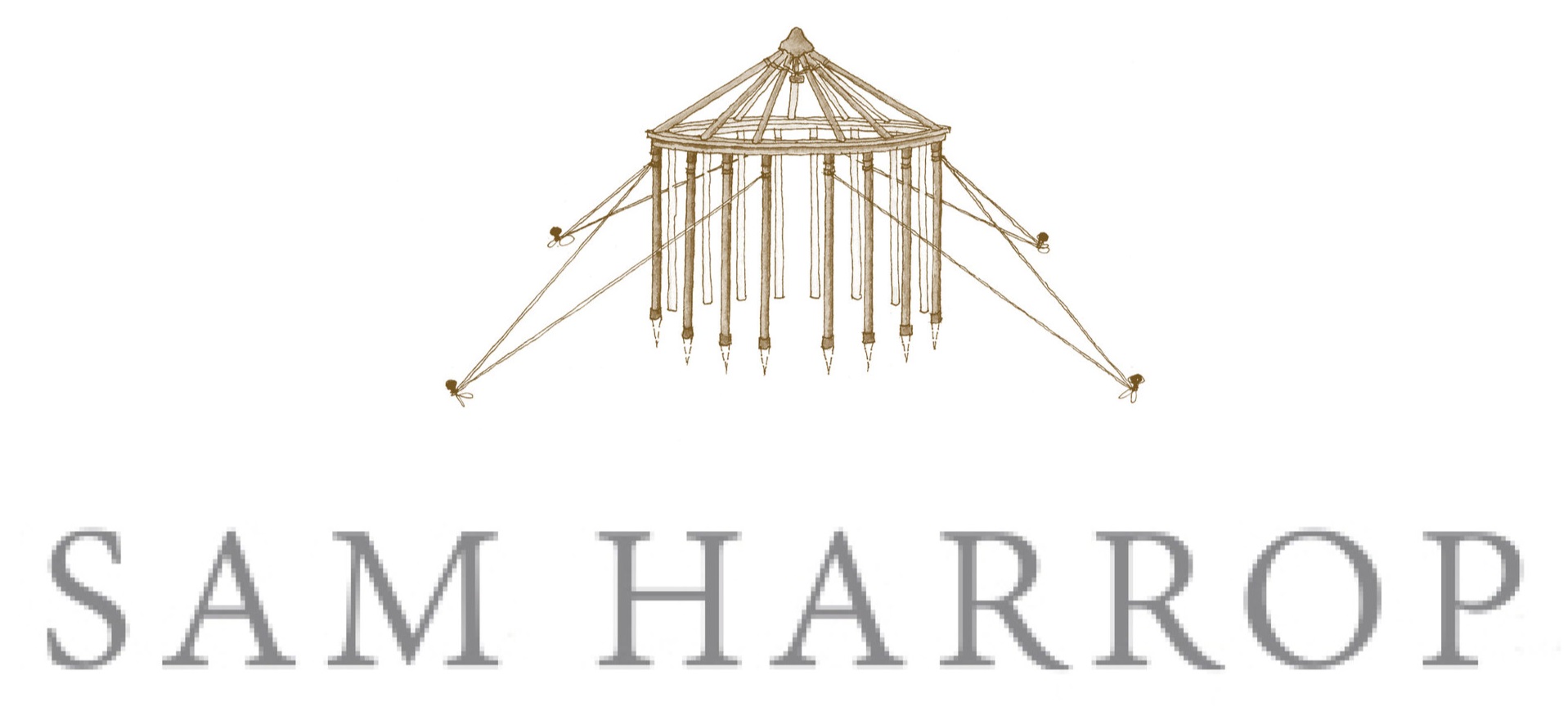Chardonnay: Coming of Age
I am often slightly disappointed when I receive an invitation to explore a private wine cellar, only to find that the dustiest racks are filled with reds, while the whites live ‘above ground’, ready to be plucked from the fridge.
This seems to be representative of a notion amongst wine-enthusiasts that whites are best enjoyed in their youth. And while there is some basis to this belief, the truth is a little more nuanced.
The science behind wine aging is intricate and complex (and far too nerdy to get into here). The point is: many premium white wines, regardless of variety, can – and in my opinion, should – be cellared to achieve their true potential. Chardonnay is one such varietal.
When grown in cooler regions and made from low-yielding vines, Chardonnay can age for well over a decade with results well worth the wait.
In Burgundy – where virtually all white wines are made from Chardonnay – the best Chardonnays, from appellations like Montrachet, Corton-Charlemagne, and Batard Montrachet, tend to improve with age over many years and are among the most expensive white wines in the world.
The good news is that some of the finest New Zealand Chardonnays rival the iconic Burgundy wines, but come at a fraction of the price. Chardonnay's versatility allows it to thrive and produce impressive wines in various climates, making it one of the most widely planted grape varieties in the world. New Zealand boasts excellent Chardonnays from its diverse regions. Often referred to as the "winemakers' grape," Chardonnay, when harvested in the right conditions and carefully handled in the winery, has the potential to age beautifully in bottle.
To cellar or not
When selecting wines for cellaring, always ask the winemaker how long the wine will ‘improve for’ in bottle rather than how long the wine will ‘age’ for? After all, wine will age for as long as the bottle is standing upright, with or without a closure.
When to drink
The aim of cellaring is to drink the wine at the apex of ageing. That is: the point at which primary, secondary and tertiary flavours* are in balance. Most well-made premium Chardonnays, from cool climates, sealed with DIAM or screwcap, arrive at this point 5-6 years after bottling.
Cellaring conditions influence this time frame (the warmer the storage conditions the faster the wine evolves.)
Primary: Fruit qualities from the fruit itself
Secondary: Winemaking aromas (whether it be flavours from yeast, barrel, malo-lactic fermentation)
Tertiary: from maturation after bottling
Serving
Don’t be afraid to decant a young, premium Chardonnay a few hours before drinking. This will fast forward the wine’s ageing process and give you a snap shot of how it will look in future.
Don’t serve Chardonnay too cold. I like to drink young, premium cool-climate Chardonnays at around 13-15 degrees. If the wine has a slightly higher alcohol, serve it a little cooler. If the ambient temperature is warm (e.g. midday in the height of summer) serve it a little cooler.
